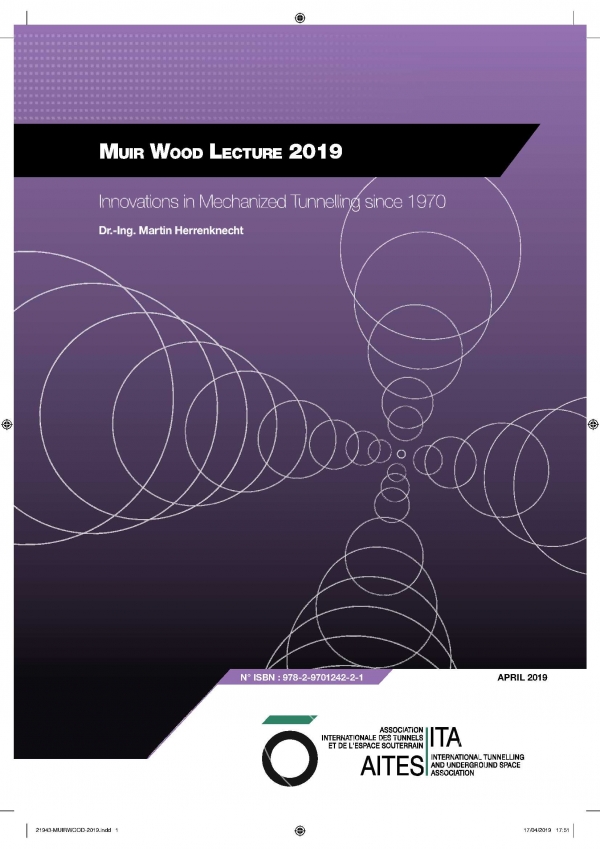Tunnelling is, without a doubt, one of the most innovative disciplines of the international construction sector. Focused on innovative and cooperative development, the collaboration amongst researchers, owners, designers, international construction contractors, highly specialized machine manufacturers and suppliers, is surely one reason for this. The second factor is the market dynamics in tunnelling, driven by a globalized world and increasing urbanization: Around the globe, emerging economies are expanding the infrastructures in their urban and regional centers, promoting the interlinking of individual economic hubs by means of new traffic, supply and disposal systems. In addition, they are investing in new water and sewage systems to enhance living comfort and provide supply services in the growing or newly built cities. Existing infrastructures have to modernize and expand their limits. More than ever we need to implement smart cities with smart links between them, optimizing not only time and resources, but use of the available space in a sustainable development. The general worldwide trend in industry towards mechanization and automation clearly demands a similar development in tunnelling. There are challenges ahead and we need to improve our excavation methods to overcome them, learning from our past tunnel experiences, always inquiring which innovations are needed to overcome the current technical limitations. The new technological tools developed in areas other than tunnelling can be of great support when such technology could transferred to our field. In the past tunnelling history, inventors created eccentric machines in shapes and functions that were not always functional or economically viable, many times ending up having a short existence. Therefore, we need to always remember to keep our feet on the ground, because not all the inventions will fulfill the holistic set of requirements requested in such a multidisciplinary and technical demanding sector as the tunnelling one. And, we are overall succeeding in many ways. New records were set, such as excavating long tunnels – for example the construction of the Gotthard Base Tunnel. The crossing underneath the Bosporus, the Eurasia Tunnel, at a depth of more than 100 m, mastering safely high pressures of 11 bars, is an example of a breakthrough in the tunnelling technology. Large traffic tunnels were driven in Hong Kong by the record-breaking TMCLK TBM with a diameter of 17.63 m. Added to this, inner-city megaprojects such as Crossrail and Doha Metro with huge logistical challenges and demanding time schedules have been successfully completed. They all lay the foundation for even more ambitious high-impact projects in the world of tunnelling in the future. The next generation of international lighthouse projects is being implemented, which in turn leads to profound innovations in terms of planning, design, and realization. The 64 km long Brenner Base Tunnel will establish a new length record. In Paris, metro tunnels for the Grand Paris Express project will create more than 200 km of high-capacity, inner-city mobility, a palpable step towards a smart city set up. In the area of utilities, Singapore is building a highly effective wastewater infrastructure for the city-state with a Deep Sewer at a depth of 55 m. In Asia, the trend towards ever-larger tunnel diameters continues unabated. All around the world, the potential for innovation and optimization in the construction of highcapacity tunnel infrastructure are being seized and actively realized in ways never seen before. Presumably, we are at the beginning of a golden age for underground areas used and developed by people and societies.
